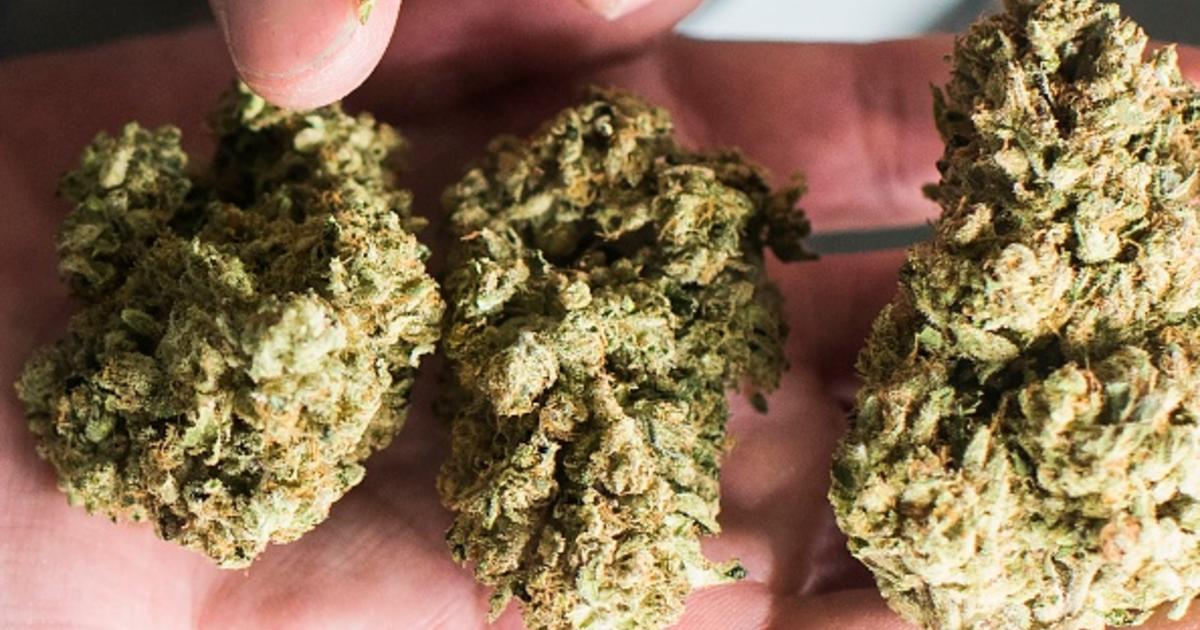FWC Concludes Low Dissolved Oxygen Levels In Biscayne Bay Led To Massive Fish Kill
MIAMI (CBSMiami) – As aerators pump much-needed oxygen into Biscayne Bay, we're learning the cause of the massive fish kill.
Florida Fish and Wildlife Conservation Commission scientists concluded that low dissolved oxygen levels were spurred by high temperatures and heavy rainfall which are common during the summer months.
"Low dissolved oxygen conditions can be caused by a number of factors and in this case, are thought to be the result of several factors including high seasonal water temperatures, runoff and turnover of oxygen-poor bottom waters following recent, and heavy rains. Also, large visible algal mats have been observed in the area (recently and earlier this summer) that can consume oxygen as they decompose. These are most likely mats of the macroalga, Sargassum, which are transported to the east coast of Florida typically during summer months," according to the FWC.
County scientists are spending the day sampling water from the bay.
"It's not related to any toxic algae it really seems to be high temperature and low dissolved oxygen," said Lee Hefty, the director of Miami-Dade's Department of Environmental Resources Management.
Hefty said the biggest problem in this die off was that the northern half of the bay simply got too hot, which brought oxygen levels down to zero in some places.
"We are seeing a persistence of low levels of oxygen along the western region of the (Julia Tuttle) basin, but we did measure higher oxygen levels today at a station in the more central region of the basin. Staff will be continuing this work tomorrow," added Tere Florin, who is also with Miami-Dade's Department of Environmental Resources Management.
Miami-Dade Mayor Carlos Gimenez said it's much different from the southern bay.
"We have to see how we can recirculate the water better in that area," he said. "The reason why the southern bay is doing so much better than the northern bay is that it's much more open, the water circulates and the water temperature remains much cooler."
County crews are out on the bay looking at seagrass die off as all this unfolds. That plays a role too.
"Normally, in a healthy ecosystem, these seagrass beds would provide oxygen in this time period," explained Marine Conservationist Andy Dehart from Frost Science. "Another factor we're getting because of all the nutrients is a lot of algae growing."
He says aside from seagrass problems, we have to look at what's going into the bay, like sewage and pesticides from runoff.
Miami Mayor Francis Suarez is looking to take action.
"We're looking at all kinds of filtration systems we can implement as soon as possible with our Miami Forever Bond to have clean water be going into the bay, not dirty water," the mayor said.
Dehart said there's plenty home owners can do too.
"A lot of this does begin in our backyards. During the rainy season not using pesticides or fertilizers in their yard, don't use Roundup. These are all things washing off people's yards, into canals and sewer system and running straight out to the bay," Dehart said.



